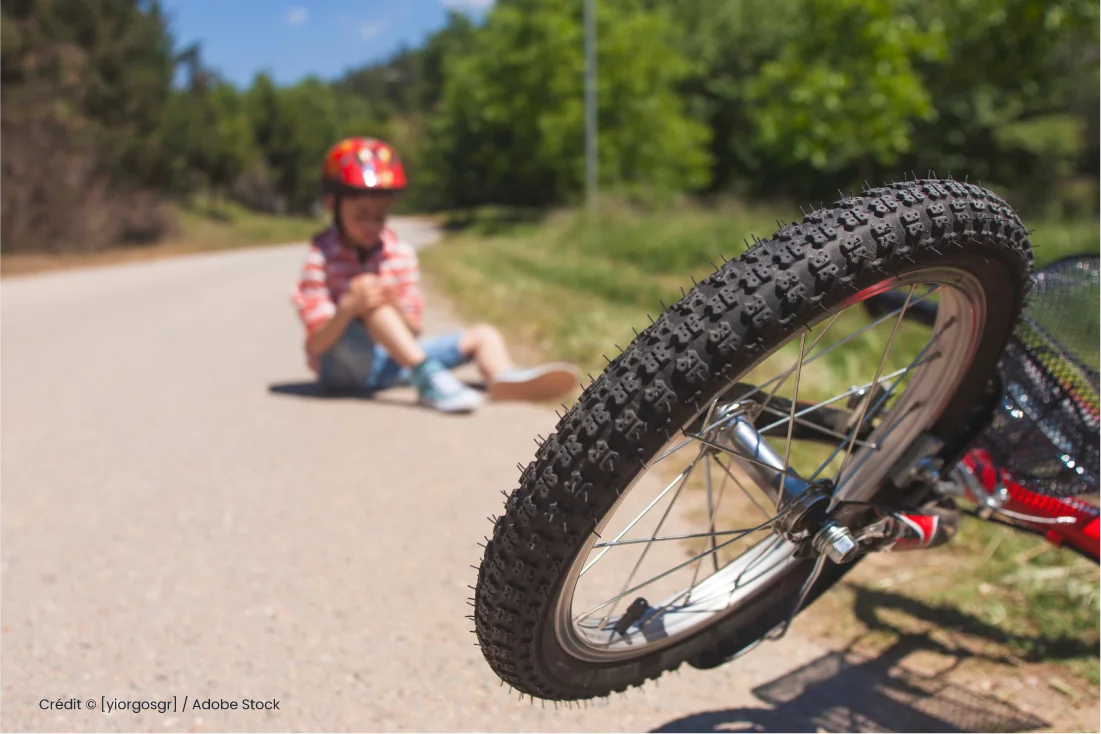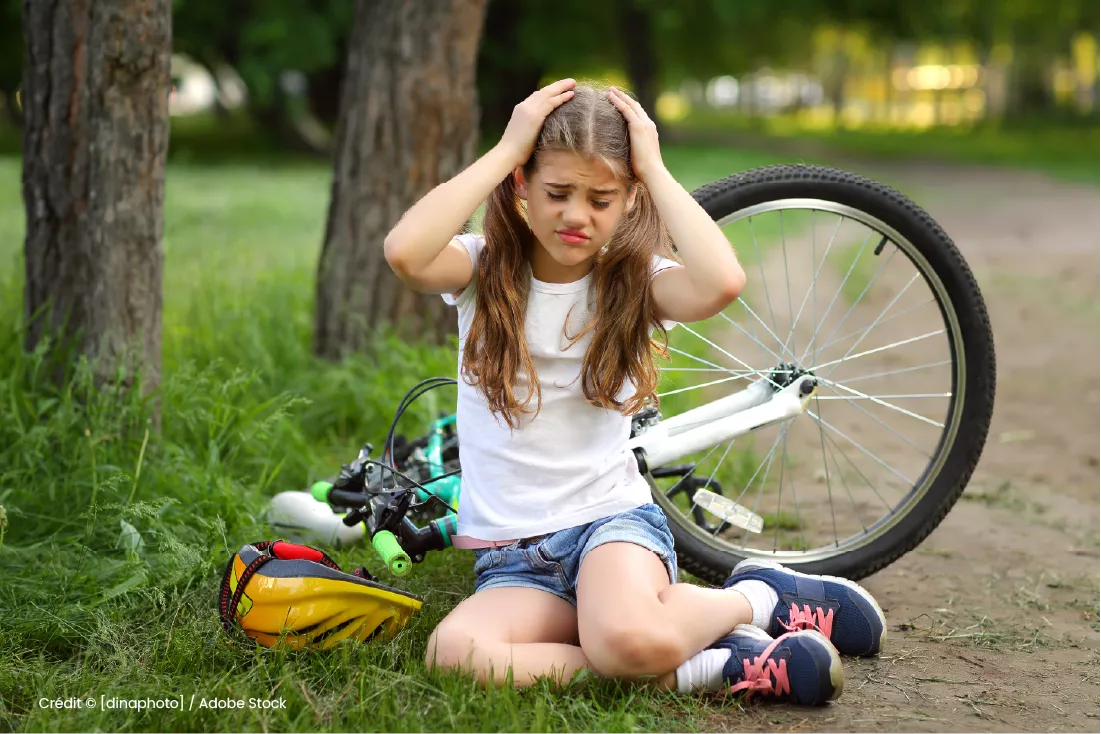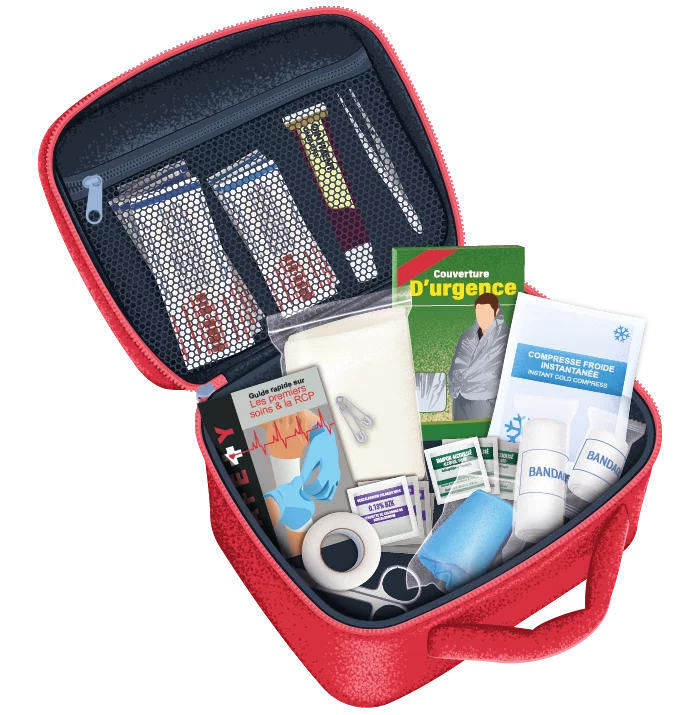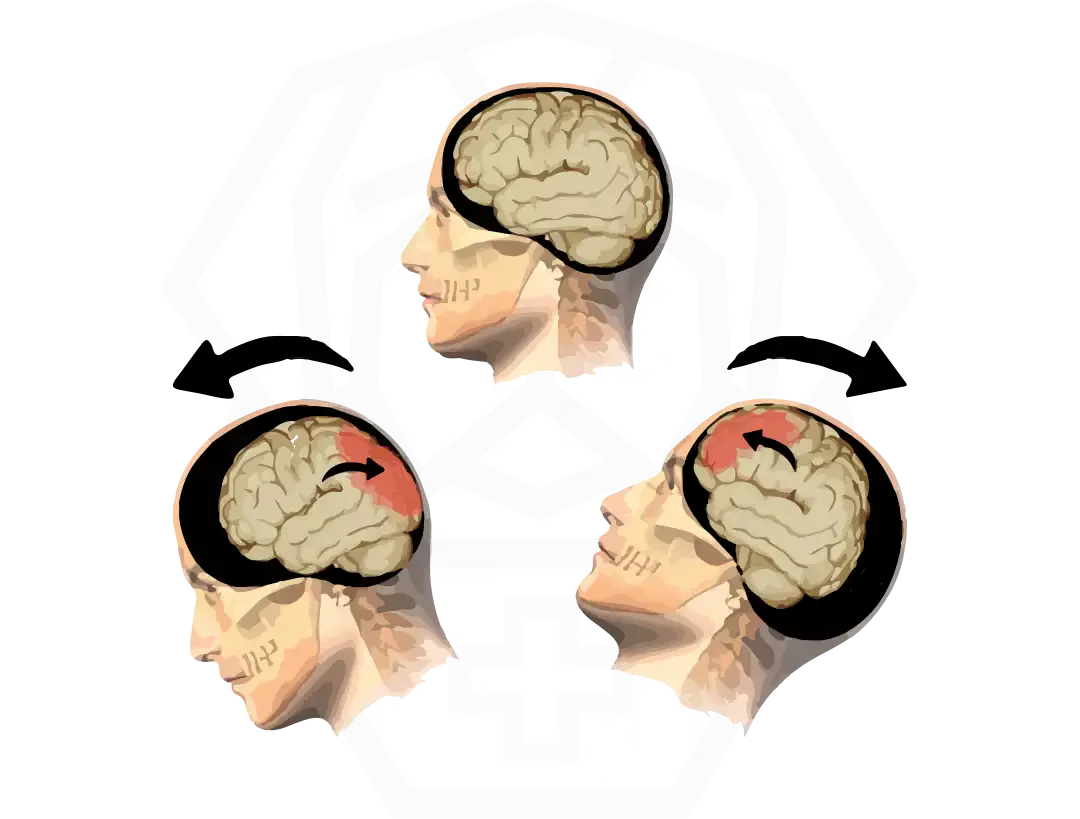JULY 9, 2024
Falling off your bike
Intervention of a fall with a child during a walk.
History
Accident on the cycle path
One fine spring morning, 12-year-old Elodie decides to go for a bike ride on the bike path near her home. She particularly likes this path, which winds through a pretty park. While riding at a moderate speed, her wheel suddenly hits a rock. Her bike veers off course, causing her to fall. Lying on the ground, Elodie, a little stunned, takes a few deep breaths to calm herself. Before she can get up, a passer-by approaches her. In a reassuring tone, he tells her that his name is Thomas, that he's there to help her and that he's trained in first aid.
Thomas begins by asking Elodie if she feels any particular pain. She mentions that her knees and elbows hurt, but that she can move her limbs without too much difficulty. Thomas quickly inspects her wounds and finds that they are mainly just scratches. He takes his first-aid kit from his backpack to treat them. Using antiseptic wipes, he gently cleans the scratches, then applies bandages to the affected areas.

Thanks to Thomas' professional and caring help, Elodie feels increasingly reassured. She thanks him and mentions that before he arrived, she was trying to calm down, but still felt a little panicky. Thomas replies that she did the right thing by staying calm, and that it's also very important to always check for serious injuries before moving.
After completing first aid, Thomas helps Elodie gently to her feet. As Elodie's bike is still in good condition and she feels able to continue on her own, Thomas can get back on his way. Before leaving her, he advises her to take her time and rest a little before setting off again. She thanks him warmly and, after a few minutes' rest, goes on her way.
Back home, she tells her parents about her adventure. They tell Elodie how proud they are of her ability to keep calm, and how relieved they are that Thomas has come to her aid. She has learned a valuable lesson: knowing how to react in such a situation and having a first-aid kit can make all the difference to her ability to continue enjoying her activities in complete safety.
In summary
After this unexpected fall, Elodie was able to count on the invaluable help of first-aider Thomas, who was able to reassure her and give her first aid. Thanks to his intervention, she was able to regain her confidence and return home safely. This incident reminds us of the importance of knowing and following a well-defined first aid course to intervene effectively in the event of an accident. Let's now take a look at the specific protocol Thomas put into practice to manage this situation in the best possible way.
Intervention protocol
Head trauma
By understanding the key steps in the protocol and putting them into practice, we can be better prepared to react quickly and correctly in the event of a similar emergency. So let's learn together the essential steps to take to provide optimum assistance in such situations.
1) IMMOBILIZE THE VICTIM
Except in cases of immediate danger, avoid moving the victim to prevent further injury.
2) SUPPORT THE HEAD
Keep the victim's head and neck aligned with the body.
Use hands to support head if no specialized equipment is available.
3) MONITOR THEIR CONDITION
Stay with the victim and reassure them until help arrives.
Keep an eye out for any development in their status.
4) INFORM THE EMERGENCY SERVICES
As soon as they arrive, provide them with all the information they need about the victim's condition and the measures taken to help them.

Conclusion
It's vital to know how to react in an emergency situation, even when it initially seems minor. Elodie's story reminds us of the importance of remaining calm and ready to intervene when someone is injured. By following first aid protocols and being aware of the signs of serious injuries such as head impacts, we can all play a crucial role in the safety and well-being of others. By keeping in mind the tips and reminders presented in this article, we are better equipped to deal with emergency situations and offer effective assistance to those in need.
Written by Alexandre Grenier, Founder of Académie Saint-Bernard
Illustrated by Émilie Bedard, Communications Manager
Layout and revised by Roxanne Duchesneau, Graphic Designer

